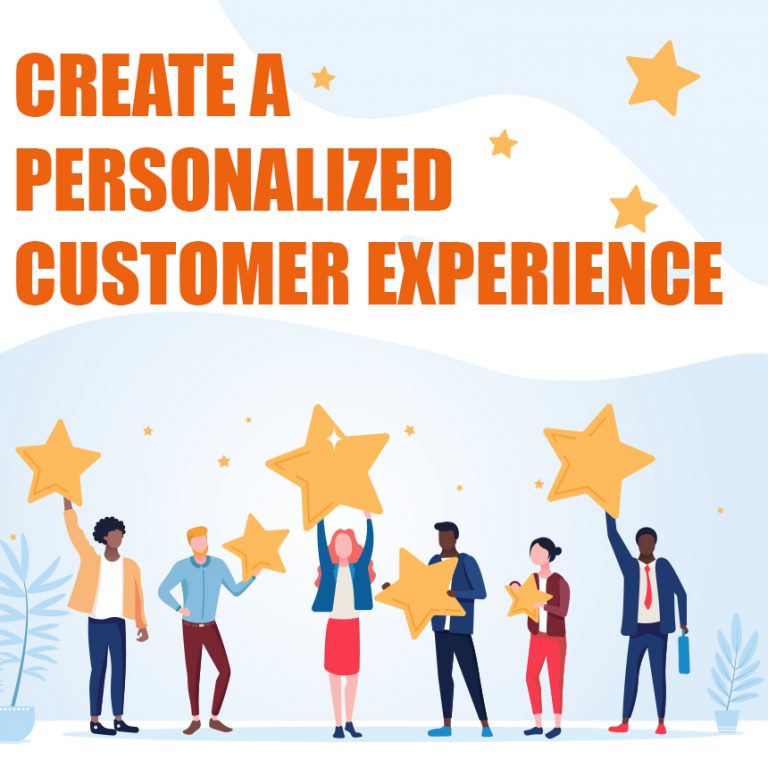
Emails are the lifelines of any business. Currently, 5.6 billion accounts exist, and 99% of consumers open their emails every day, out of which 35% check emails on mobile devices.
40% of B2B marketers who use email to distribute content believe that email newsletters are very important for their content marketing success.
More than 59% of marketers confirmed that email is their biggest source of return on investment (ROI), which is true because emails generate $38 for every $1 spent, and that means an astounding 3,800% ROI.
But these results couldn’t be achieved in a multi-channel business strategy. Earlier, marketers used to create a single email designed for many customers. But today, customers require refined, relevant, and personalized experience.
It can be achieved by collating experiences from different platforms, such as social media site engagement and website purchases, and transforming it into personalized content for individual customers. This is called an Omnichannel strategy.
How does the omnichannel strategy work for email campaigns?
1. Talk Directly to Your Customer:
A well-designed email campaign allows you to reduce noise and have one-on-one communication with the customers, individually. After signing-up the form on the home page or landing page, you receive authority from the customer to encourage one-on-one communication with them.
You could segment the customer base based on data shared by them and design your email campaigns to deliver relevant and valuable messages. Multiple tools already exist online that are integrated with artificial intelligence to automatically configure the email reception and delivery based on customer preferences.
2. Behavior-based Targeting:
Customers can be targeted based on their previous actions or behavior. Did they like an ad on social media? Did they visit on the site post watching the ad? How many and which pages did the prospect/customer check? Which product was earlier purchased by the customer? Is there any abandoned cart in the customer’s account?
Based on these actions performed by the customers, marketers could personalize emails to deliver recommendations and offers directly to the customers.
3. Improve the Scope of Better Experience:
It’s not only about delivering the message, but it’s also about how you are presenting the message to the customers. Customer engagement and open rate should be KPIs while drafting an email campaign.
The email subject and description should convince the customer to open it. After the email is opened, the customer should receive the feeling of a microsite consisting of the company logo, product, call to action, and other offer details.
4. Reward Customers for Engaging and Creating Opportunities:
Think like a customer and ask, “What do you always look from a company?” Benefits, isn’t it?
Customers are always ready to help you grow, but in return, they need discounts, offers, and sometimes free items. As a company, you must drive customer loyalty programs to encourage more actions and engagements from customers. Customers, either buy more products or refer their friends and colleagues after receiving emails highlighting the benefits they would receive in return.
A successful email campaign is always attributed to personalized communication and offers delivered to targeted customers. Artificial Intelligence is playing a vital role in designing email campaigns.
GoFounders’ members have access to My Invitations tool, which is designed to create customized email templates for various business purposes. Along with it, they receive access to multiple AI-driven tools created by ONPASSIVE for segmented and classifying customer base based on their behavior and previous interaction. These tools also help GoFounders members to draft emails with personalized content ready to be delivered to the customers.
In case you want to access GoFounders and ONPASSIVE tools, you need to register on the platform first. Check this article that defines steps required to register on GoFounders.


